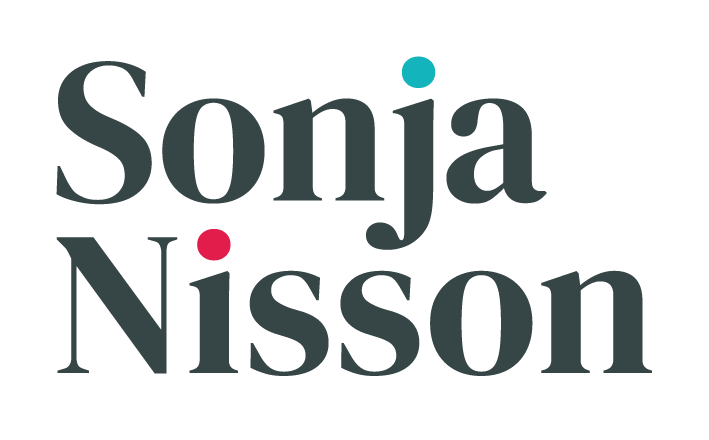How to get the content side of your website project right
You want your new website to fit your organisation like a glove - to accurately reflect your brand and values, your people and services, to be useful, usable and enjoyable for your audiences, motivating the action you want to meet your goals.
Websites are primarily a vehicle for the delivery of content, yet too many website projects still focus on the visual design and functionality at the expense of its content.
“No respected architect would plan out rooms without first considering the activities that will occur in those rooms. Consider content before format.”
― Margot Bloomstein, Principal of Appropriate Inc
Not prioritising content from the start leaves your project open to risk:
Delays in the launch of the site (often significant),
Page templates don’t work for final content and it’s too late to change them,
Last minute reviews catch everyone unawares,
Stressed and demoralised internal teams struggling to produce all the content needed for the new website in a big rush at the end, rather than spreading the effort over a longer period.
Content IS web design, and it matters to the success of your site. Don’t make it an afterthought. Invest in the content effort, and get to work on it early.
Content is a collaborative job
The content effort takes leadership, organisation, & close collaboration.
Creating valuable content requires real teamwork. You can’t simply outsource the job to a copywriter/content writer and expect them to get it right without input. The knowledge is in the business. It’s a collective, collaborative group task to gather this knowledge and turn it into good content, involving business leaders, subject matter experts, your marketing and business development teams alongside your writers. And often a host of external experts too: SEO, UX, brand, design, development, media, performance & analytics, PPC.
The best projects I’ve been involved in over the years see content, design and tech working together iteratively, hand in hand - a productive, creative partnership. Designing around the words helps refine your thinking, and makes for smarter decisions, and far less rework later on.
Your website will be all the stronger for it.
Ten steps to web content success
“Delivering great content requires some kind of investment: user research, strategic planning, meaningful metadata, web writing skills, and editorial oversight.”
― Kristina Halvorson, Content Strategy for the Web
Create a content workstream for the project, alongside design and technical development.
Select your Content Lead to take charge of the content aspects of the site build. This person will have overall responsibility for the delivery and quality of your content. Their first job will be to guide you in the thinking you need to do around the content strategy for your website. Alongside strategy, they’ll act as lead editor too. It’s a truly collaborative role - working with the design/dev team + people from across the business.
Identify your writing team. This can include a creative copywriter for messaging + digital content designer/writer for web pages, and subject matter leads from across the business.
Conduct a full audit of your current content - not sexy, but so important - a crucial source of business intelligence. Remember to include content from subsites as well as the main site. Get the full picture on current performance - SEO and analytics too. Use this to make decisions on what content to keep, what needs editing and what you can ditch. You can identify the gaps from there.
Get organised - create a content workflow system (or buy a tool like Gather Content). Version control on Word docs is a nightmare, even on a small project. A tool like Gather Content enables you to create content collaboratively and efficiently, and stay in control.
Ensure content is in the room during the design phase. Build content needs into your personas. Include content-specific questions: what content do they need on their journey? Validate these with research and test the content as you go.
Design around prototype content, not Lorem Ipsum (placeholder copy that designers use to fill in text boxes on work in progress) for better design decisions. (Read: How Lorem Ipsum makes your web project fail - written in 2013 but still so relevant today!).
Support your subject matter experts - interview them, give them templates, run supportive and structured writing sessions/retreats - whatever it takes to extract the knowledge from their heads to the page, and make it as easy as possible for them to deliver what they need, alongside their day jobs.
Create a content style guide, in line with the brand. Run writing training for those that need it across the business.
Think content governance and plan for the future, so the site improves over time. Who’ll be responsible for the site content from here?
Valuable content, valuable website
A well designed website filled with valuable content that meets both your organisation’s needs and your audience’s goals will be transformational for your business.
Content is vital to the success of the project. Prioritise and invest in it from the start to ensure your new website delivers - on time, with less stress - for a result that everyone feels proud of.
Start here: Create that content workstream in your project plan, and put someone in charge. Get to work on your content strategy.


